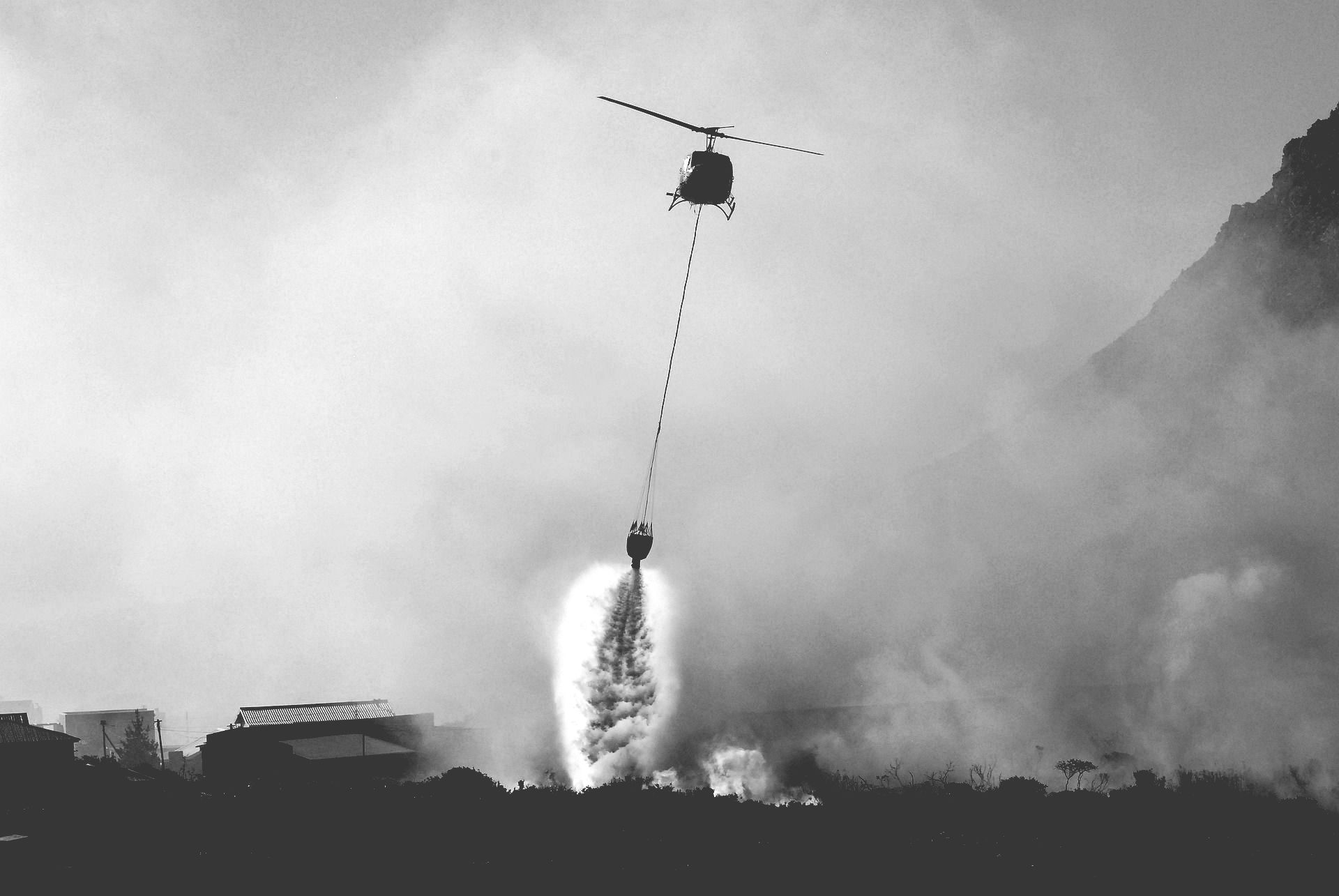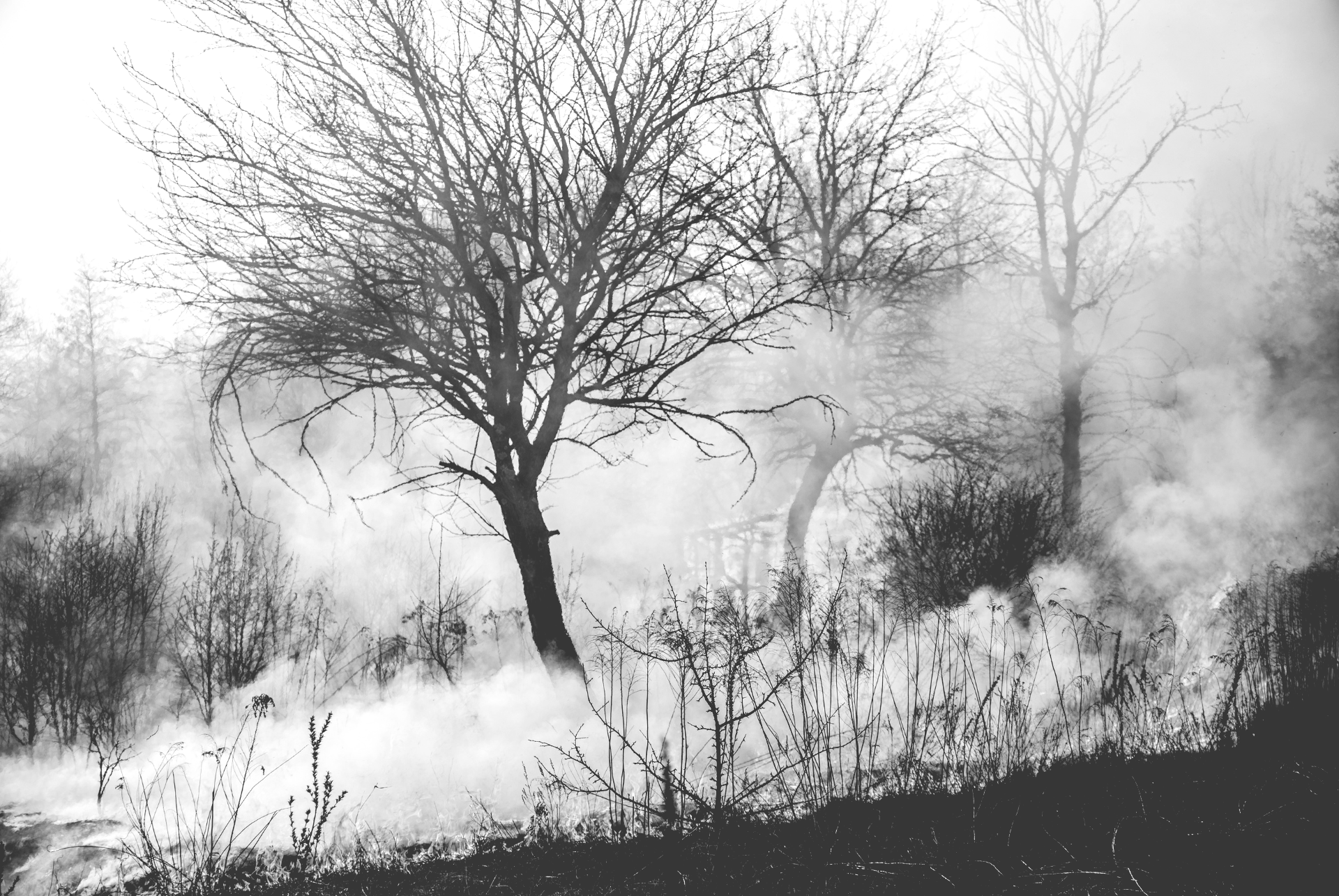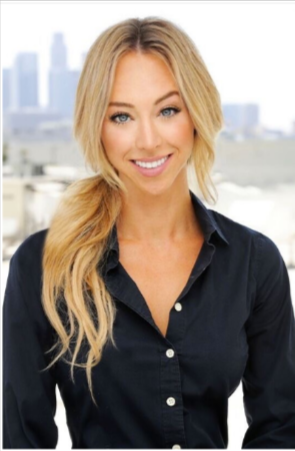Starbucks False Advertising Lawsuit Takes Aim at Doubleshot Espresso
A new Starbucks false advertising lawsuit has been filed against the coffee giant due to an allegation that Starbucks Doubleshot Espresso does not contain two shots of espresso as advertised.
Deceptive Advertising Laws
Advertising laws and consumer laws protect consumers from deceptive advertising. The primary purpose of these laws is to promote accuracy in labeling. This means that any information that a consumer should reasonably be informed about should be printed on a label of the product, ensuring that consumers know exactly what they are purchasing to minimize the level of manipulation engaged in by advertisers and manufacturers.
Deceptive advertising may also be referred to as false advertising and can lead to legal claims filed by consumers who believe that a company is trying to take advantage of misleading or false information. False advertising can refer to confusing, untrue or misleading statements that are used when promoting a product.
Labeling is a crucial component of a consumer’s decision-making process and materials that are printed on the front of any product label should be accurate so that a consumer can make an informed buying decision. When a manufacturer tries to take advantage of consumers by using confusing labeling techniques or false materials to support the sale of a product, this can lead to legal action such as the Starbucks false advertising lawsuit.
Starbucks False Advertising Lawsuit
The Starbucks false advertising lawsuit, filed by plaintiff Oliver Naimi in California federal court, says Starbucks misleads consumers into believing that its Doubleshot Espresso products contain a “doubleshot” — or two shots — of espresso.
Naimi argues that he and other consumers would not have purchased the Doubleshot Espresso products, or would have paid much less for them, if they knew they did not contain two shots of Starbucks brand espresso.
The Starbucks brand Doubleshot beverage has been on the market since 2002.
Research from the Starbucks website indicates that a single shot of Starbucks espresso contains approximately 75 mg of caffeine, and two shots contains approximately 150 mg. The products in the Starbucks Doubleshot Espresso line contain between 70 and 120 mg of caffeine content, not at least 150 mg.
The labeling on the product, according to the Starbucks false advertising lawsuit, leads consumers to believe they’ll be reaping the benefits of at least 150 mg of caffeine. Only upon closer inspection of the product would anyone see the actual amount of caffeine included, according to the plaintiff.
The Starbucks false advertising lawsuit attempts to hold the company responsible for using misleading advertising materials that encourage consumers to purchase products or to pay a premium price for those Doubleshot Espresso products.
Naimi is asking the court to certify the Starbucks false advertising lawsuit as a class action lawsuit on behalf of all similarly situated consumers in California. He is seeking damages, restitution, declaratory and injunctive relief, and other remedies the Court deems appropriate.
The case is Oliver Naimi v. Starbucks Corp., Case No. 17-cv-06484, U.S. District Court, Central District of California.
Did you purchase a product that was deceptively labeled? You may have a legal claim. Fill out the form on this page now for a FREE case evaluation.



Quick Links
All Rights Reserved



